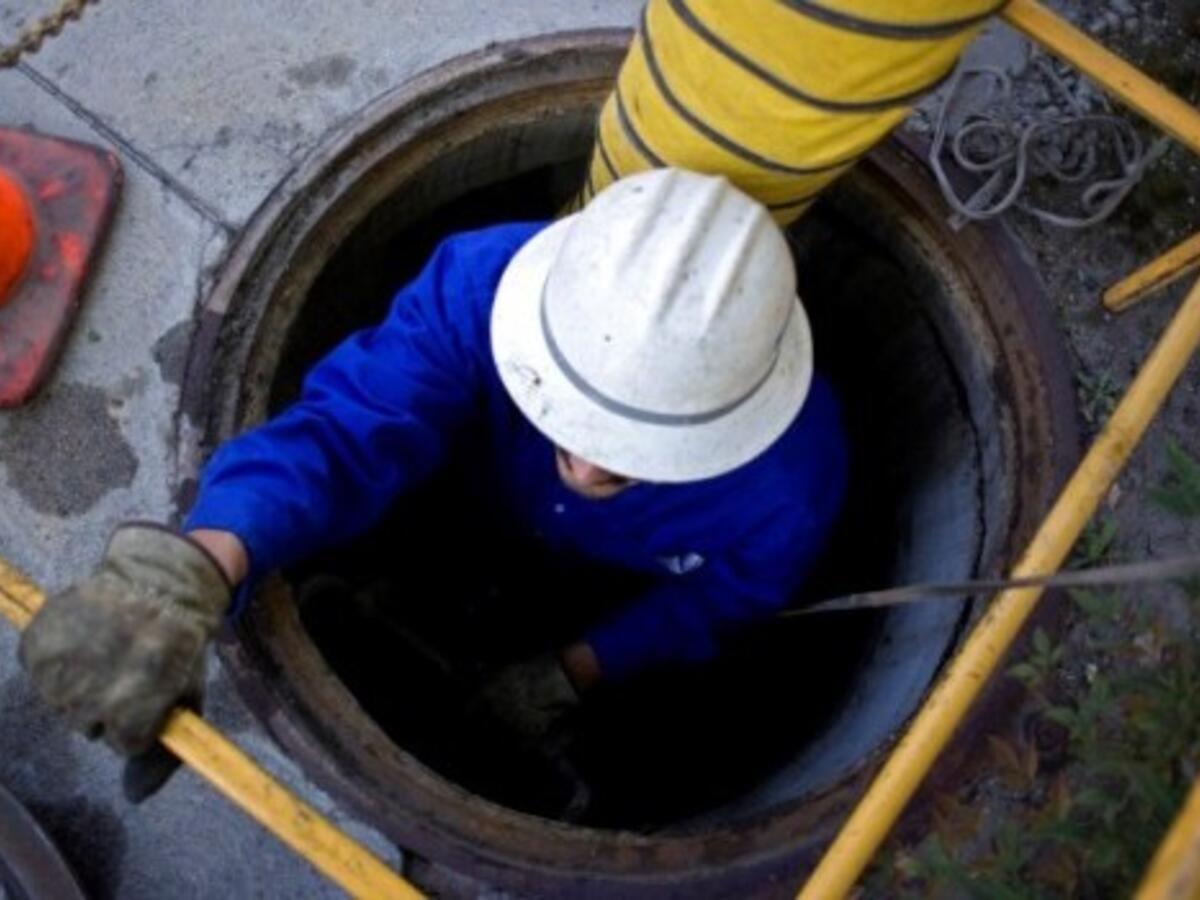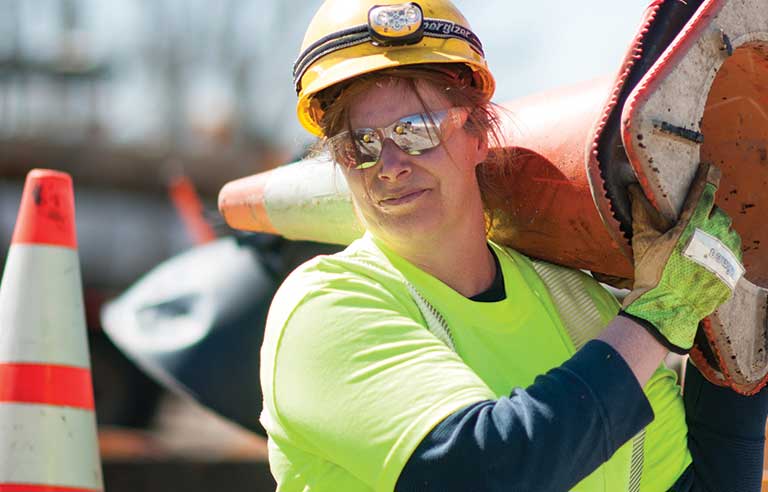It is osha s position that temporary lighting strings used on construction sites which do not use heavy duty cord may be acceptable if they are installed maintained and used in a manner which poses no hazard to employees.
Temporary lighting for construction osha.
Osha standards state that a minimum of 5 foot candles should be used to illuminate corridors warehouses hallways general construction areas and exit ways.
The employer shall provide and ensure that each employee uses only explosion proof self contained temporary and portable lights approved for hazardous conditions by a nationally recognized testing laboratory nrtl in any area that the atmosphere is determined to contain a concentration of flammable vapors that are at or above 10 percent of the lower explosive limit lel as specified in 29 cfr part 1915 subparts b and c.
You can use temporary electrical power and lighting installations during the construction remodeling maintenance repair or demolition of buildings structures equipment or similar activities 590 3 a.
Table d 3 minimum illumination intensities in foot candles.
Any grounding conductors should be safely grounded where necessary.
In the case of emergencies for those working underground headlights are required.
1926 405 a 2 ii g portable electric lighting used in wet and or other conductive locations as for example drums tanks and vessels shall be operated at 12 volts or less.
Construction areas ramps runways corridors offices shops and storage areas shall be lighted to not less than the minimum illumination intensities listed in table d 3 while any work is in progress.
The type of light source does not matter as much as the minimum amount of illumination provided.
29 cfr 1926 56 a for light levels.
09 16 1981 1926 405 b 2 electrical standard requirements concerning covers for electrical pull boxes junction boxes and fittings.
Unless otherwise specified the rules set out for permanent light fixtures also apply to temporary fixtures.
Temporary lights shall not be suspended by their electric cords unless cords and lights are designed for this means of suspension.
According to osha lighting requirements 1915 92 temporary lights are required to have guards to prevent accidental contact with the bulb unless the bulb is deeply recessed and heavy duty electric cords with safe connections and insulation.
Osha standard 1910 305 governs installation requirements for lighting implements.















































